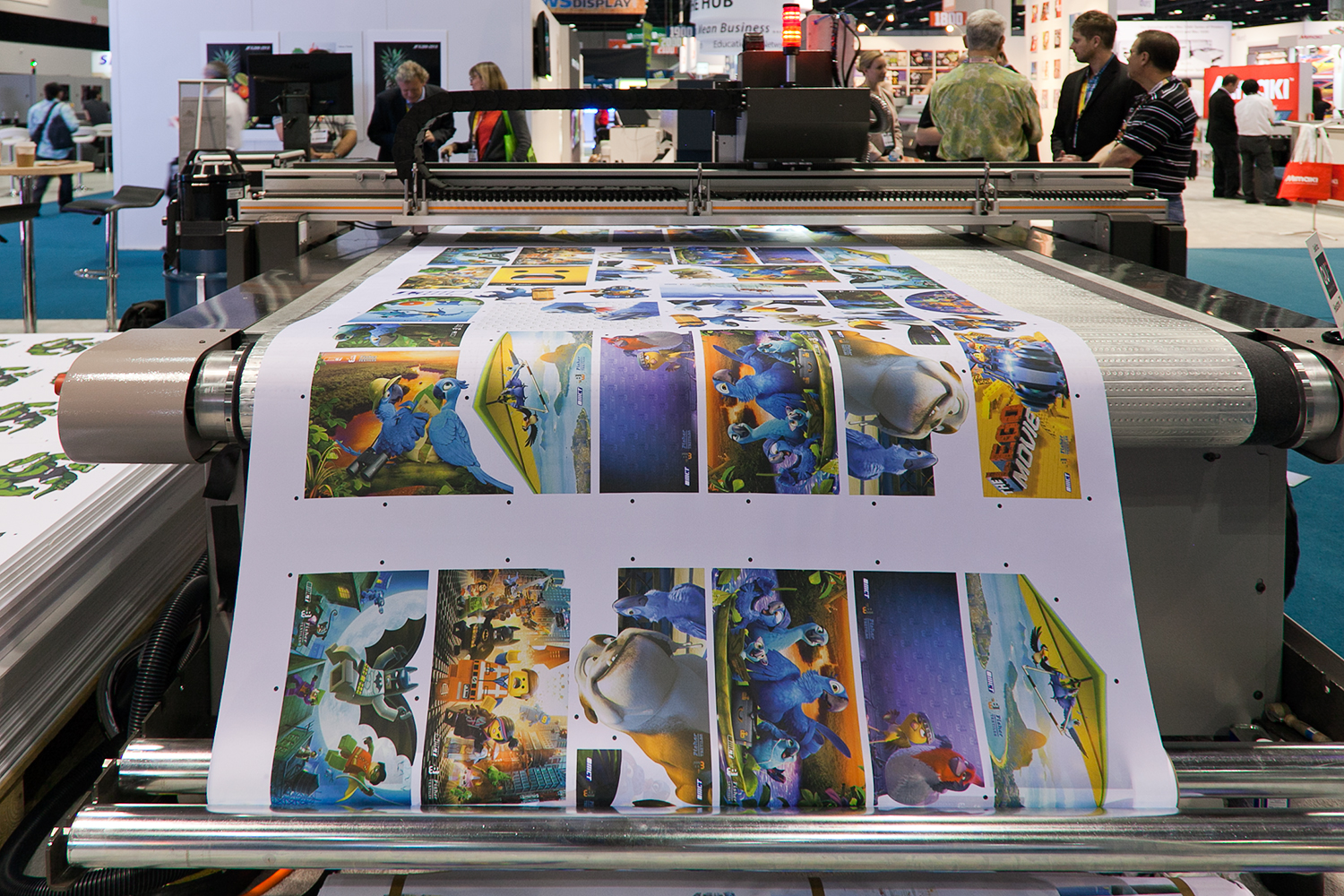What Does Digital Printing Do?
What Does Digital Printing Do?
Blog Article
What Does Digital Printing Do?
Table of ContentsThe Single Strategy To Use For Digital PrintingDigital Printing Fundamentals ExplainedAbout Digital PrintingDigital Printing - The FactsFacts About Digital Printing RevealedDigital Printing Can Be Fun For EveryoneThe Single Strategy To Use For Digital PrintingThe smart Trick of Digital Printing That Nobody is Discussing
Modification also allows services to stick out in a crowded market by developing special advertising products that distinguish them from their competitors. Among the main advantages of digital printing is the ability to print variable data. Each printed piece can be unique, allowing services to develop personalized marketing materials that speak directly to their target market.Digital printing also permits customization in the design of marketing products. With digital printing, organizations can create styles that are one-of-a-kind and customized to their certain requirements. This can consist of customized graphics, typefaces, and designs that can assist to separate them from their rivals. One more benefit of electronic printing is the capacity to print on demand.
Digital Printing for Dummies
By printing smaller sized quantities of advertising materials, organizations can decrease waste and avoid the need for excess supply. Digital printing is additionally functional.
By utilizing different materials and formats, businesses can develop unique advertising materials that stand out from their rivals and draw in interest from their target market. Digital printing likewise uses uniformity. With conventional printing techniques, there is usually variant between prints because of distinctions in ink protection, pressure, and various other elements.
This uniformity can help build customer trust and reputation, showing that business is devoted to supplying high-grade materials. Consistency is particularly essential for businesses that desire to build customer trust and reputation. By guaranteeing that every print corresponds, services can reveal that they are dedicated to providing top notch products and taking note of the information.
Fascination About Digital Printing

Furthermore, electronic printing produces less waste because it can print as needed and in smaller quantities, minimizing the need for excess inventory and materials. Digital printing also utilizes much less power compared to traditional printing approaches. Digital printers do not need as much power to run, as they do not require to warm up as much or utilize as much power to run.
About Digital Printing

Offset printing needs a plate for each color published. Conventional offset printing is a print method that uses light weight aluminum plates to move ink onto a rubber sheet (often referred to as a "covering").
6 Simple Techniques For Digital Printing
Balanced out printing allows for a wide range of print products to be utilized throughout manufacturing. The top notch photos created with offset printing make it the recommended method, particularly amongst visuals developers, when seeking the best shade reproduction, detail, and professional-looking prints.
For digital inkjet printing, ink is transferred straight onto the surface area. Rather than relying on aluminum plates and rubber coverings to transfer an image, electronic printing uses liquid ink throughout production.
How Digital Printing can Save You Time, Stress, and Money.
Much better color integrity describes both the accuracy of the shades and their equilibrium in the style. Due to the fact that countered printing can mix customized color inks for each and every task, it will naturally obtain the colors spot-on. their website Works similarly well on practically any type of kind of material. Reputable, premium image quality. Rely on balanced out printing for clean, distinct kinds and pictures without streaks or you could try here areas.
It costs a whole lot to begin a countered job. You need to spend money into creating home plates, which requires time. Nonetheless, as soon as you have actually spent it, every one of the materials are ready to go, and you'll spend less on huge balanced out tasks than a digital print, which is concerning the very same per piece no issue just how big the job gets.
Each print is similar. You run the risk of less strange variants triggered by discrepancies in water and ink. Digital printing is much less costly for low-volume work. The rate per system goes down for electronic printing, so at some time, they crisscross. Transforming info within a single print task. State you were publishing out postcards marketing a concert.
The 7-Minute Rule for Digital Printing
While digital printing or inkjet printing is the favored selection in the present times, there are engaging factors to transform from countered to digital printing systems. When printing balanced out or digitally, essential choices and procedures are entailed in color matching.
Whichever the instance, the shade will certainly require to be matched. Color matching of electronic printer ink is no more challenging with dyes and pigments. Industrial inkjet printing uses flexibility for printing on several substrates. Digital printing Recommended Site is excellent for clients who do not require longer runs and warehousing materials.

One advantage of electronic printing is choosing from a wide variety of digital substrates. With electronic printing, the price of the substratum in the general job is tiny.
What Does Digital Printing Mean?
drop-on-demand is the 2nd printing innovation to consider. Constant inkjet systems call for significant maintenance, more driver training, and greater downtime. Nonetheless, tools prices in inkjet printing are far reduced than offset printing as there are no plate-making, plates, and press expenses. Past the capital spending, the prepress devices and printing presses require extremely proficient operators in offset printing, which adds labor costs.
Report this page